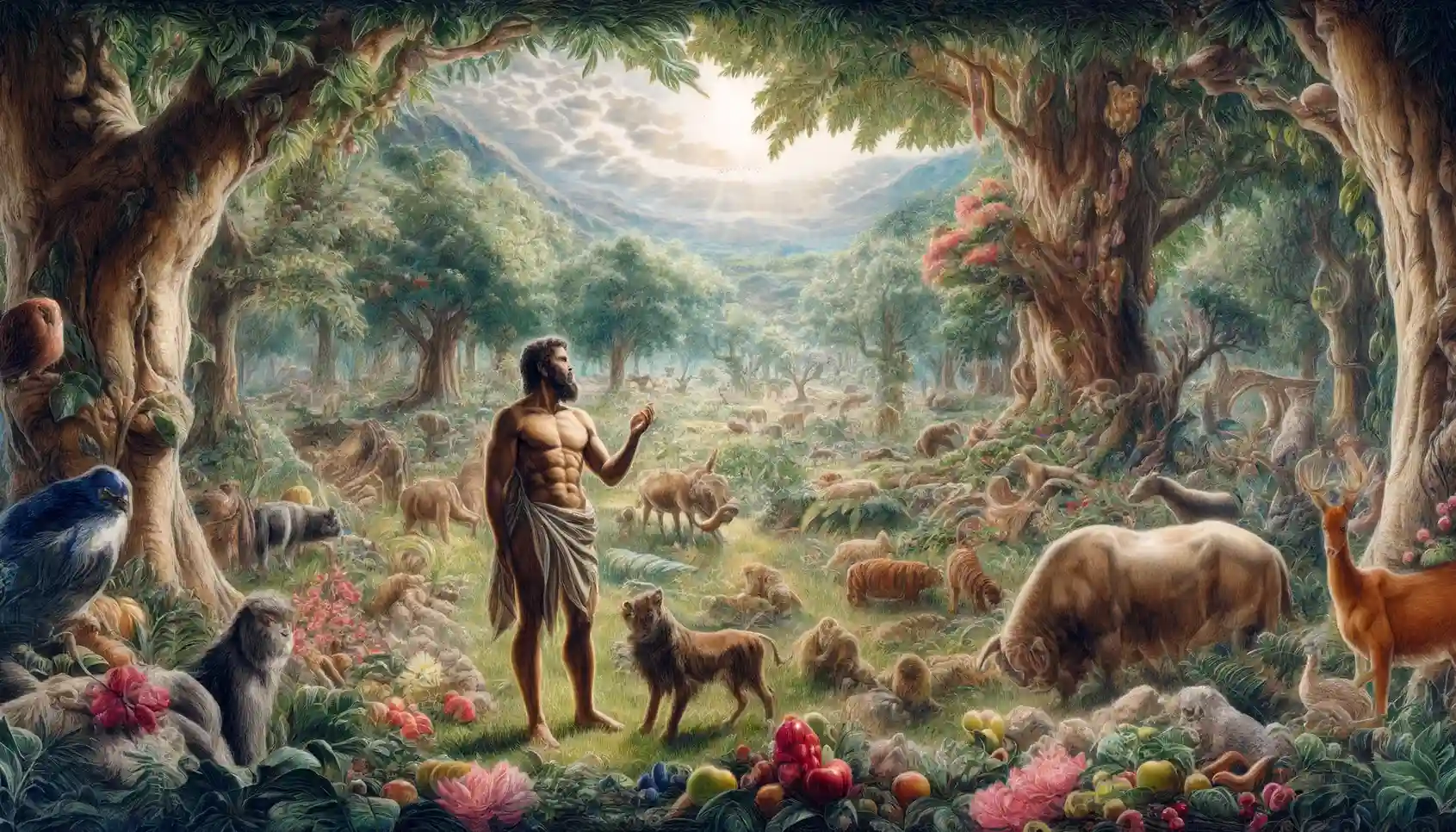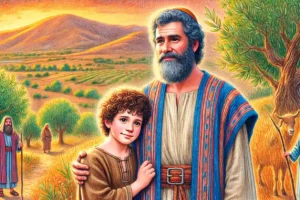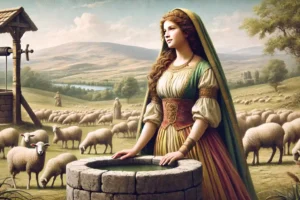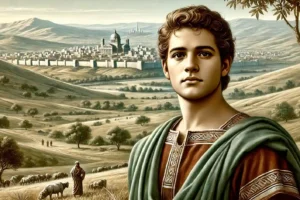
Adam: The First Man Created by God
Adam is a central figure in the Biblical narrative, described as the first human created by God, according to the Book of Genesis. His creation and life mark significant events in the theological understanding of human origins.
- Creation of Adam – God created Adam from the dust of the ground and breathed into his nostrils the breath of life, making him a living being (Genesis 2:7).
- Garden of Eden – Adam was placed in the Garden of Eden to work it and take care of it, representing the first human’s intimate connection with creation and responsibility towards it (Genesis 2:15).
- Naming of Animals – God brought animals to Adam to see what he would name them, emphasizing his role in creation and his unique capacity for language and relationship (Genesis 2:19-20).
- Creation of Eve – Adam needed a companion, leading to the creation of Eve, who was made from one of his ribs, signifying the deep connection and equality between them (Genesis 2:21-23).
- The Fall – Adam, along with Eve, ate from the forbidden tree of the knowledge of good and evil, leading to their fall from innocence and the beginning of human sinfulness (Genesis 3:6).
- Consequences and Expulsion – After their disobedience, Adam and Eve faced various consequences, including mortality, labor pains, and expulsion from Eden, symbolizing the broken relationship with God and creation (Genesis 3:16-24).
- Patriarchal Role – Adam is depicted as the patriarch of the human race, with the Bible tracing the lineage of many key figures back to him.
Contextual Background
Adam is a seminal figure in the Book of Genesis, representing the first human created by God. His narrative spans from Genesis 1 through Genesis 5, detailing his creation, life in the Garden of Eden, the fall from grace, and the subsequent effects on humanity.
Theological Insights
- Creation and Divine Intention
- Adam’s creation is unique and signifies a direct act of God. Genesis 2:7 describes how God formed Adam from the dust of the ground and breathed into his nostrils the breath of life. This divine breath not only animates him but also sets humans apart as bearers of the divine image, endowed with spirit and life directly from God.
- Dominion and Stewardship
- Placed in the Garden of Eden, Adam was tasked with working and keeping the garden (Genesis 2:15). This role underscores the theological theme of stewardship and dominion. Adam’s interaction with the environment and the animals, naming them (Genesis 2:19-20), highlights his authority but also his responsibility to care for creation.
- Relationship and Community
- The creation of Eve from Adam’s rib (Genesis 2:21-22) emphasizes the inherent social nature of humans. Adam’s exclamation upon seeing Eve, “This at last is bone of my bones and flesh of my flesh,” (Genesis 2:23) reflects a profound recognition of kinship and partnership. It illustrates the importance of relationships in fulfilling human and divine intentions for community and mutual support.
- The Fall and Its Implications
- The narrative of the fall (Genesis 3) introduces the theme of sin and its consequences. Adam and Eve’s decision to eat from the forbidden tree, despite God’s explicit command, introduces sin into the human experience, illustrating themes of temptation, disobedience, and the complexities of free will.
- The consequences of the fall are immediate and severe, affecting not only Adam and Eve but also all subsequent generations. These include spiritual alienation from God, the introduction of physical death, and curses that affect childbirth, agricultural productivity, and human relationships (Genesis 3:16-19).
- Protoevangelium
- Genesis 3:15 contains what is often considered the “first gospel” or protoevangelium, a promise of redemption and the ultimate victory over sin and death. This prophecy about the enmity between the serpent and the woman’s offspring sets the stage for the messianic hope that unfolds throughout the rest of Scripture.
Cultural and Historical Impact
- Judeo-Christian Heritage: Adam’s story has shaped foundational beliefs about human nature, sin, and redemption in Judeo-Christian theology. It influences doctrines concerning the origin of sin, human nature, and the need for salvation.
- Art and Literature: The narrative of Adam and Eve has been a rich source of inspiration in Western art and literature, exploring themes of temptation, fall, and redemption. It has been depicted in countless artworks, poems, and stories, reflecting its deep resonance with human experiences and moral struggles.
- Modern Debates: The historicity of Adam and interpretations of the creation account continue to provoke debate among theologians, scientists, and scholars. Discussions often focus on the implications of evolutionary theory for the traditional understanding of Adam as the literal first human.
Conclusion
Adam’s narrative in Genesis goes beyond the historical account of the first man to address profound questions about God, creation, human nature, sin, and redemption. It sets the stage for the biblical story of humanity’s relationship with God, highlighting themes of responsibility, failure, and the promise of divine restoration. This complex figure encapsulates fundamental theological and existential inquiries that continue to challenge and inspire.
Tag:Adam, Bible, Creation, Eve, first man, Garden of Eden, Genesis, human origins, original sin, The Fall



